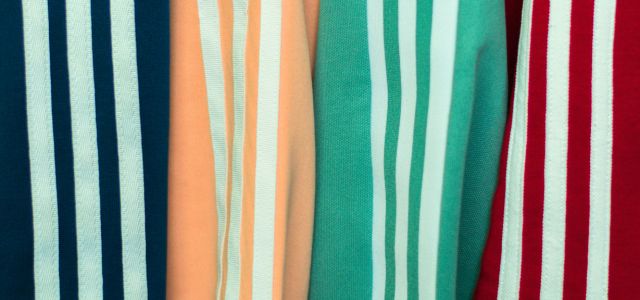In a recent landmark decision, the Higher Regional Court of Düsseldorf gave the green light for Nike to feature stripes on some of its sports trousers.
The trademark dispute between the two sportswear giants, Nike and Adidas, began in 2022, when Adidas – which is renowned for the rigorous defense of its three-striped trademark – lodged a complaint before the Düsseldorf Regional Court, leading to an initial ban on Nike’s use in Germany of the striped motif on five of its joggers’ designs. However, the decision was partially overturned on appeal, allowing Nike to offer on the market, possess, and advertise four out of the five of the disputed marks.
The court has confirmed that one of Nike’s track pants infringed Adidas’ trademark rights, as the three stripes were too similar to its notorious mark. In this regard, the court held that, when assessing the overall impression that the contested signs create in the relevant public, it must be considered that the public does not usually perceive and compare the respective signs at the same time so that similar features often outweigh the differences in the public’s impression.
However, the court emphasized that not every stripe pattern placed on the side of sports pants can be automatically associated with Adidas, concluding that there was no likelihood of confusion with the other four pairs of the famous US sports apparel pants. The extent of Adidas’ trademark protection should be limited to cases in which consumers will actually be confused. Adidas can’t simply prevent competitors from using stripes tout court. It must prove that a risk of confusion exists and that the relevant public will associate the sign at issue with its mark.
In the view of the Higher Court, the target audience interested in purchasing sportswear would not understand the sign as an indicator of the origin of the goods but rather as a decorative element. This is because a striped pattern applied alongside the outer seam of a pair of trousers is not a unique selling point of Adidas. The mark has indeed been used by several apparel companies across the sportswear industry, including on the outer seams of track pants.
Determining factors in the context of signs’ comparison are the specific design of the stripes, their placement on the item of clothing, the garments’ design, and the presence of other brand logos.
In some cases, the court excluded the risk of confusion on the basis that the contested striped patterns were only slightly similar to Adidas’ trademark, as they featured just two stripes instead of three.
Even the use of a three-stripe motif was authorized since the width, spacing, and color contrast of the stripes were deemed sufficient to distinguish Nike’s design from Adidas’ mark. In particular, the stripes were so close together that they were perceived as decorative stitching rather than a trademark. Moreover, the presence of the well-known and clearly visible Nike logo played a crucial role as it was perceived as prominent by the court. Consequently, the stripes appeared as a mere decoration, incapable of raising doubts in the relevant public as to the commercial origin of the garments.
The ruling shows that trademark protection cannot be granted when there is no risk of confusion between competitors and should not be construed so widely that it prevents fair competition between market players.

Written by Emanuela Bianco
Partner, Saglietti Bianco
You may also like…
Clarivate announces the development of IPfolio Law
Clarivate, a leading global provider of transformative intelligence, today announced the development of IPfolio Law,...
The EUIPO launches the Copyright Knowledge Centre for guidance amid rise of generative AI
The Centre aims to help creators and rights holders navigate copyright in today's technological landscape The EUIPO is...
Trademarking the dupe economy: what LULULEMON DUPE signals for the future of enforcement
The dupe culture, particularly in the fashion market, is here to stay. The less expensive versions of luxury garments...
Contact us to write for out Newsletter














